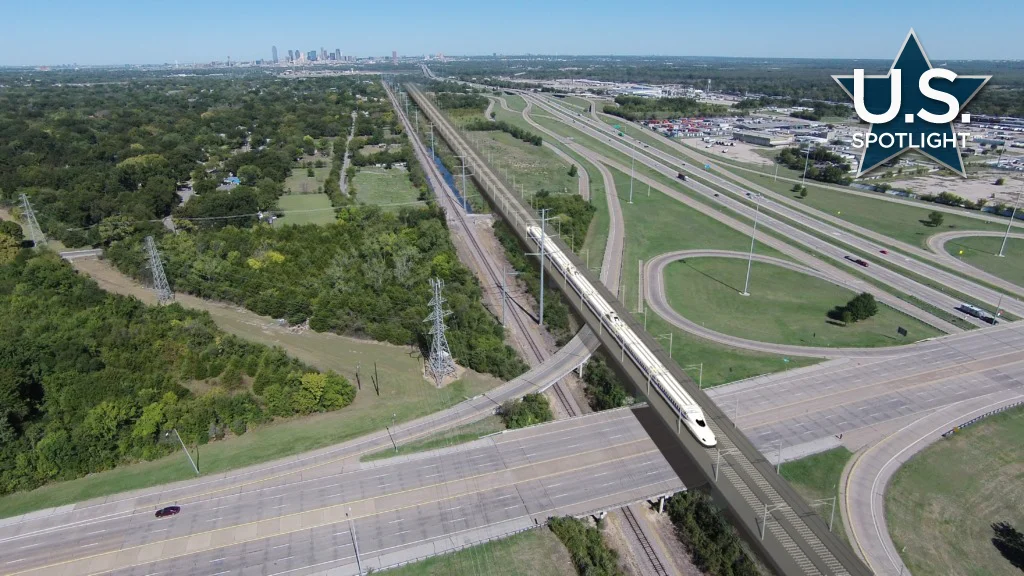
Is California’s High-Speed Rail Dream Outpacing Texas’s Ambitious Plans?
In an era where infrastructure defines future mobility, the high-speed rail projects in California and Texas are turning heads, highlighting a fierce competition in the U.S. transportation landscape. With billions at stake and political fireworks, this race isn't just about tracks and trains—it's about jobs, economy, and environmental progress. As states push forward amid federal hurdles, one is surging ahead while the other grapples with setbacks, raising questions about innovation and investment in America.
California's high-speed rail system is already making strides, transforming from blueprints to reality under Governor Gavin Newsom's aggressive agenda. Since 2013, the state has placed 119 miles under active construction, with 171 miles in development and major structures rising in key areas like Fresno and Bakersfield. This progress has generated over 15,000 jobs and an estimated $22 billion in economic output, while promising to slash greenhouse gas emissions by up to 3 million metric tons annually—equivalent to removing hundreds of thousands of cars from the road. Newsom recently took a swipe at Texas, declaring in a press release, "California's system is under construction; Texas' has yet to break ground," underscoring the state's leap from vision to tangible benefits.
Contrast this with Texas's Dallas-to-Houston bullet train, a 240-mile project that remains largely on paper. Despite initial federal backing, the U.S. Transportation Department canceled a $64 million grant in April, citing ballooning costs over $40 billion as a risky taxpayer burden. Secretary Sean Duffy criticized the venture, stating it was "a waste of taxpayer funds." Yet, optimism persists through private investors like John Kleinheinz of Kleinheinz Capital Partners, who acquired control and vowed to lead the charge. Texas Rail Advocates' Peter LeCody remains hopeful, noting potential for $36 billion in economic impact and thousands of jobs if construction starts. However, challenges mount, including land acquisition issues—only 30% secured so far—and local opposition, such as Dallas City Council's demand for an economic impact study before any elevated rail disrupts their business district.
Analyzing the two, California's public funding model, bolstered by federal and state support, has enabled faster environmental clearances and integration with existing transit like Caltrain and Brightline West. Texas, relying on private investment, faces delays and uncertainties, exacerbated by political tensions. President Donald Trump's earlier withdrawal of funds for both projects adds a layer of irony, as Newsom mocks Texas's stagnation while defending California's advancements. This disparity not only reflects differing approaches to infrastructure but also underscores broader implications for national competitiveness and sustainability.
In summary, California's high-speed rail is poised for an early operating segment by 2030-2033, potentially reshaping travel and boosting the economy, while Texas's project hinges on private resolve amid obstacles. What does this mean for the future of U.S. rail innovation? Will private funding propel Texas forward, or will California's lead widen? Share your thoughts in the comments below and let's discuss how these developments could impact your state.